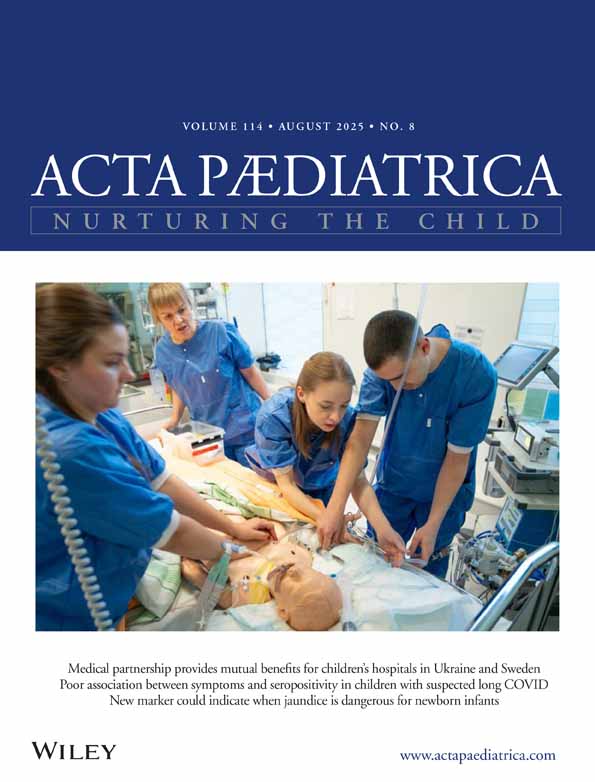Adult height comparison between boys and girls with precocious puberty after long-term gonadotrophin-releasing hormone analogue therapy
Abstract
We examined 22 girls and 11 boys with idiopathic precocious puberty (IPP) treated with a GnRH analogue for a period of about 4 y. The purpose of our study was to evaluate possible differences between the two sexes in bone growth and skeletal maturation during treatment and in the achievement of final height, and also to study the relative contribution of particular hormones–sex steroids, DHEAS, GH and IGF-I–during the pubertal growth spurt. At the beginning of therapy mean chronological age (CA) was 7.61 ± 0.84 y in boys and 7.32 ± 1.06 y in girls. After the first year of treatment, growth velocity and Dbone age/Dchronological age (ΔBA/ΔCA) ratio had declined significantly in both groups. At the end of therapy we observed a statistically relevant increase in predicted adult height in both sexes, with a more appreciable mean gain (expressed as SDS) being achieved by male patients. During the first year following discontinuation of treatment, a significant increase in the ΔBA/ΔCA ratio was observed in both males and females; by contrast, growth velocity increased only in male patients. Adult height SDS was thus greater in boys (0.13 ± 0.91) than in girls (-0.62 ± 0.88,p < 0:05). With regard to endocrinological data, oestradiol and testosterone were significantly reduced during the first year of therapy, while DHEAS levels increased slightly in both sexes throughout the course of treatment. GH peak after clonidine and IGF-I concentrations remained unchanged in both groups. Also, a study of nocturnal GH secretion (10 subjects) showed no noteworthy decrease in any of the patients, whether in terms of mean GH, of the sum of pulse amplitudes, or of pulse frequency. In conclusion, our data indicate that boys achieve more significant results in terms of adult height than girls. With reference to endocrinological data, the effect of sex steroids on bone maturation seems to be more significant than previously thought, and we hypothesize a different role for androgens and oestrogens in regulating height velocity and bone maturation in both male and female subjects during pubertal growth spurt.




